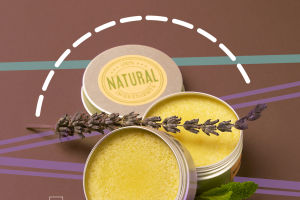Mountaineering refers to a sport in which athletes climb from low-altitude terrain to high-altitude peaks using bare hands or special equipment while adhering to specific requirements.
Mountaineering equipment is a general term for special equipment, support equipment, and daily equipment used by individuals and collectives in mountaineering activities. Along with mountaineering food and fuel, it constitutes the entire material guarantee for mountaineering activities.
Mountaineering equipment should be fully adapted to the environmental conditions and characteristics of mountaineering. In terms of design, material selection, and production, it should be as light, strong, efficient, and versatile as possible.
Classification of climbing equipment
1. Camping gear includes tents, cooking utensils, bedding, lighting fixtures, and various fuels.
2. Technical equipment includes mountaineering ropes, lateral measuring instruments, altimeters, dry hygrometers, steel cones, mountaineering iron locks, lifters, hanging ladders, pulleys, snow shovels, and more.
3. Personal equipment includes a backpack, backpack cover, mountaineering clothing, mountaineering shoes, mountaineering boots, mountaineering wool socks, helmet, flashlight, headlamp, gloves, protective glasses, hat, GPS, knife, leggings or snow cover, raincoat or jacket, and warm clothing, among others. Its characteristics are that it is light and easy to carry, sturdy and durable, easy to use, and versatile.
Benefits of Climbing
Mountain climbing has many benefits for the body, such as promoting blood sugar metabolism, preventing blood viscosity, preventing osteoporosis, enhancing physical fitness, and exercising leg muscles.
However, people with weak legs may aggravate their condition, so they should do what they can when choosing mountain climbing.
Mountain climbing is a type of aerobic exercise. Proper climbing exercise can make insulin play a role in the body and promote blood sugar metabolism, thereby preventing diseases such as diabetes.
Moreover, mountain climbing can also promote blood flow in the body, reduce the time cholesterol stays in the blood vessels, and prevent blood from becoming viscous. Additionally, middle-aged and elderly people are prone to osteoporosis.
Sports such as mountain climbing can increase bone density, exercise the bones, and prevent diseases such as osteoporosis in middle-aged and elderly people.
Climbing Skills
1. If the mountain to be climbed is relatively high, or climbers seldom participate in climbing sports, it is necessary to perform warm-up exercises before climbing.
This involves using 10 to 20 minutes to do muscle stretching exercises, trying to relax the muscles of the whole body so that climbing will feel much easier.
2. When climbing, relax the upper body, lean forward, bend the knees naturally, strengthen the kicking force of the legs, and land on the ground with the soles of the feet or the outside of the soles of the feet.
Use the forefoot to land on the ground with slightly shorter strides and slightly faster paces, and swing the arms and legs in a coordinated and powerful manner.
3. The second trick to walking uphill is to straighten the supporting leg every time you step and change legs so that the weight of the legs can be distributed to the psoas muscles. Use your hands to lighten the load on your legs.
4. When descending the mountain, keep the upper body upright or slightly tilted, bend the knees slightly, touch the ground with your heels first, use smaller arm swings, and move the center of gravity of the body down steadily. Do not walk too fast or run to avoid bruising your joints or straining your muscles.
5. When passing through the jungle and shrubs, use your hands to block the branches to prevent them from poking your body. Do not climb and fold unfamiliar vegetation.


